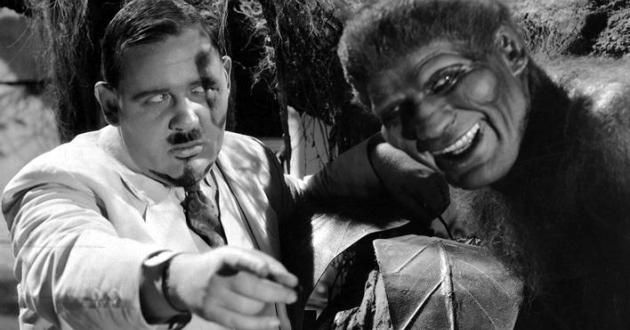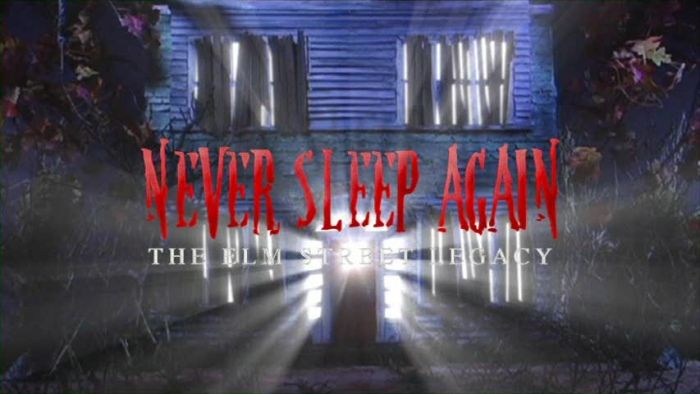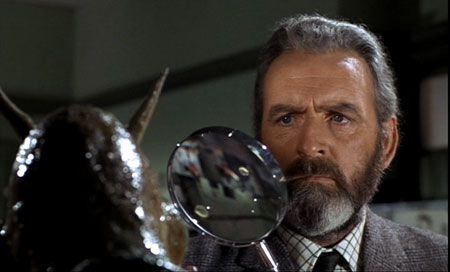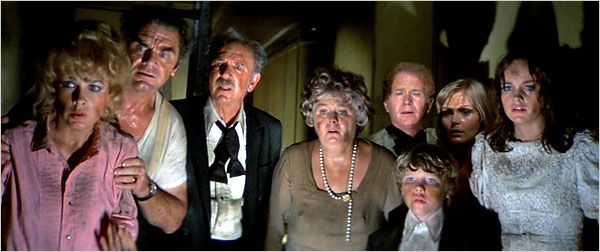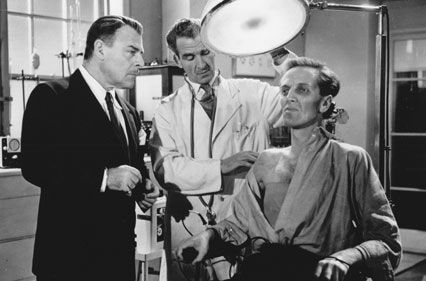25th Hour
25th Hour examines the last day of freedom of a man before being sent to jail for 7 years. The main character is Monty Brogan, a drug dealer in New York City. He is played by Ed Norton in a really powerful and moving lead performance. The film is directed by Spike Lee, a director I’ve admired and liked for some time, and who I felt had peaked with the wonderful ‘Malcolm X’ – until I saw this.
This movie is essentially a long goodbye, where Monty plays out all the issues he has with his real friends, his business associates, his city and its citizens, and his girl. This is a beatifully-played film, filled with such issues as longing, regret, and ‘what if’, and friendships/love that may or may not be over. It’s a film about goodbyes in that sense, but there’s much more here than meets the eye.
Each of his friends are an important element in showing us the real Monty, and not only him, but how he has reflected on them (in no small way). They feel guilt and remorse in not having stopped him becoming a dealer, for example. There’s no plot other than him saying his goodbyes, but that’s more than enough. The support actors are excellent, and more than match Norton’s intense and realistic performance. The support includes Rosario Dawson as his girlfriend Naturelle, Philip Seymour Hoffman as his thoughtful and reticent friend who is a teacher with the hots for one of his students (Anna Paquin), and Barry Pepper as a pushy stock-market guy who is deeply struck by how he’s let his friend Monty down. These people give brilliantly-acted, blistering scenes that elegantly and dramatically fill in their backstory, and tell you how they got to the here and now.
Also wonderful is the moving interplay of father and son, with Brian Cox playing Monty’s father. How he comes to terms with his son’s prison sentence, and how he tries to lead his son to not go to prison and run, is powerful and striking. It illustrates the nature of fatherhood perfectly (to me at least), of how you care for your child, but can’t engage him as fully and as emotionally as a mother can. But still, you do your best.
There have been assorted criticisms ranged at this movie, particularly suggestion how the 9-11 motif is jammed in, and how this creates jarring scenes and moods that spoil the flow of this movie, but I find it appropriate and fitting. This is a film about New York and New Yorkers too, so to ignore this aspect of New York and American life would be trite, and seem to me a little petty.
The fact that this is a film about a low-life drug dealer that engages your sympathy and makes you think and feel pretty deeply towards this guy, and think on it long after the movie has finished, confirm the quality of film-making here. It’s a film that will have you thinking, and talking about it afterwards, and wanting to get people who haven’t seen it to give it a go.
Also, be aware, it’s a love/hate letter about New York. Norton does a rant about what he hates about NY early on that will strike a chord with the ‘angry man’ inside us all.
I can’t think of any films even close to this in most ways – it is a one-off, done by Spike Lee. Nice work, Spike!
Rating: GOOD 8/10, suitable for older teens upwards.
